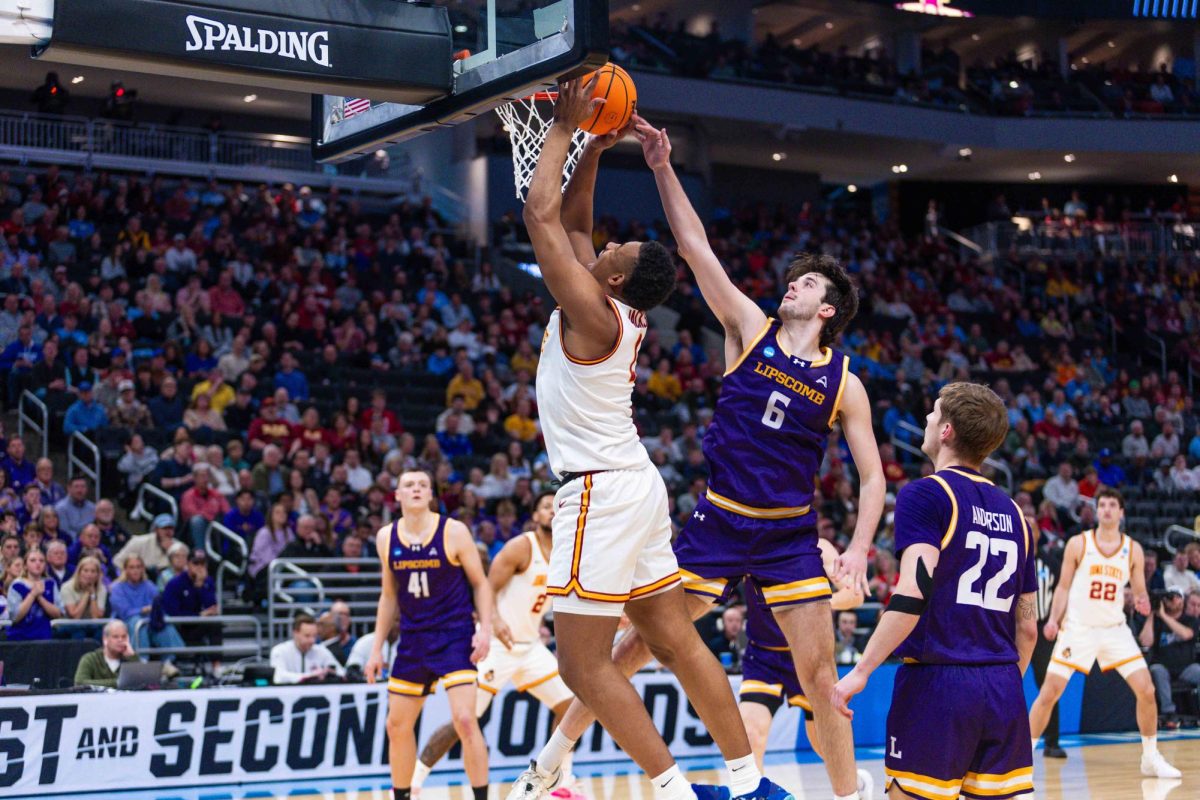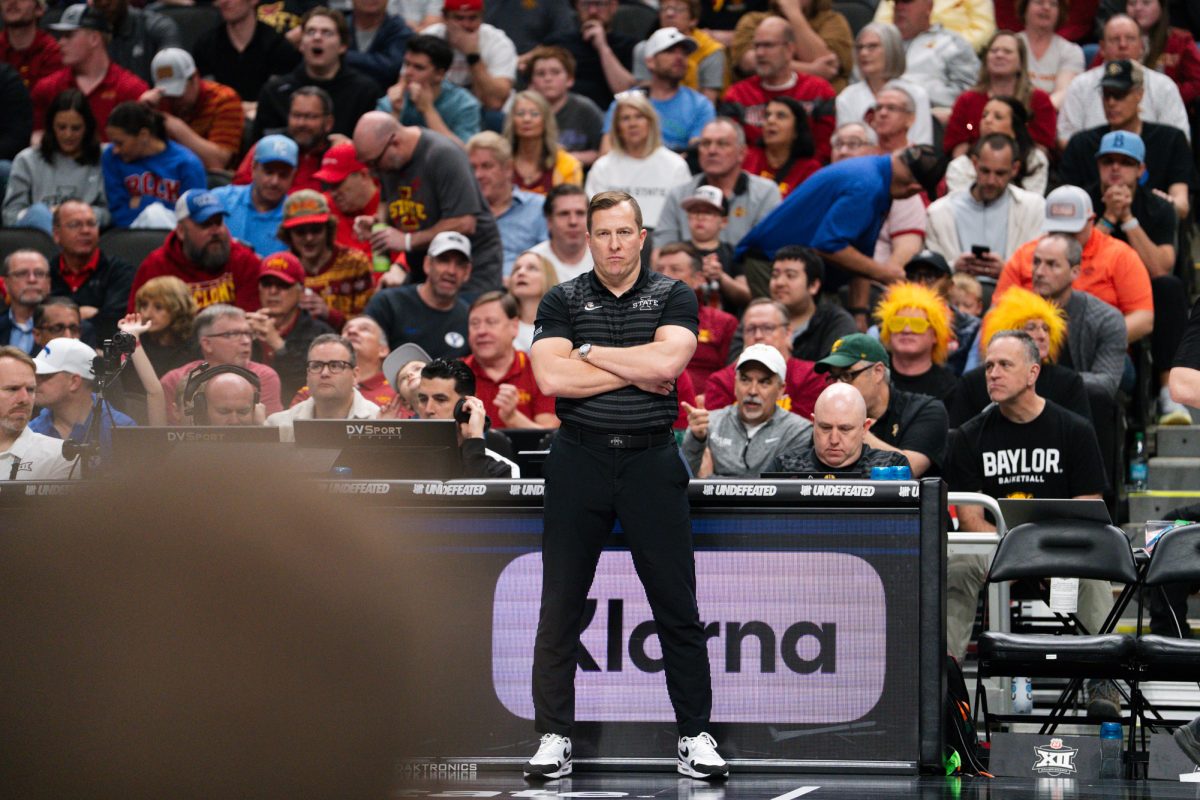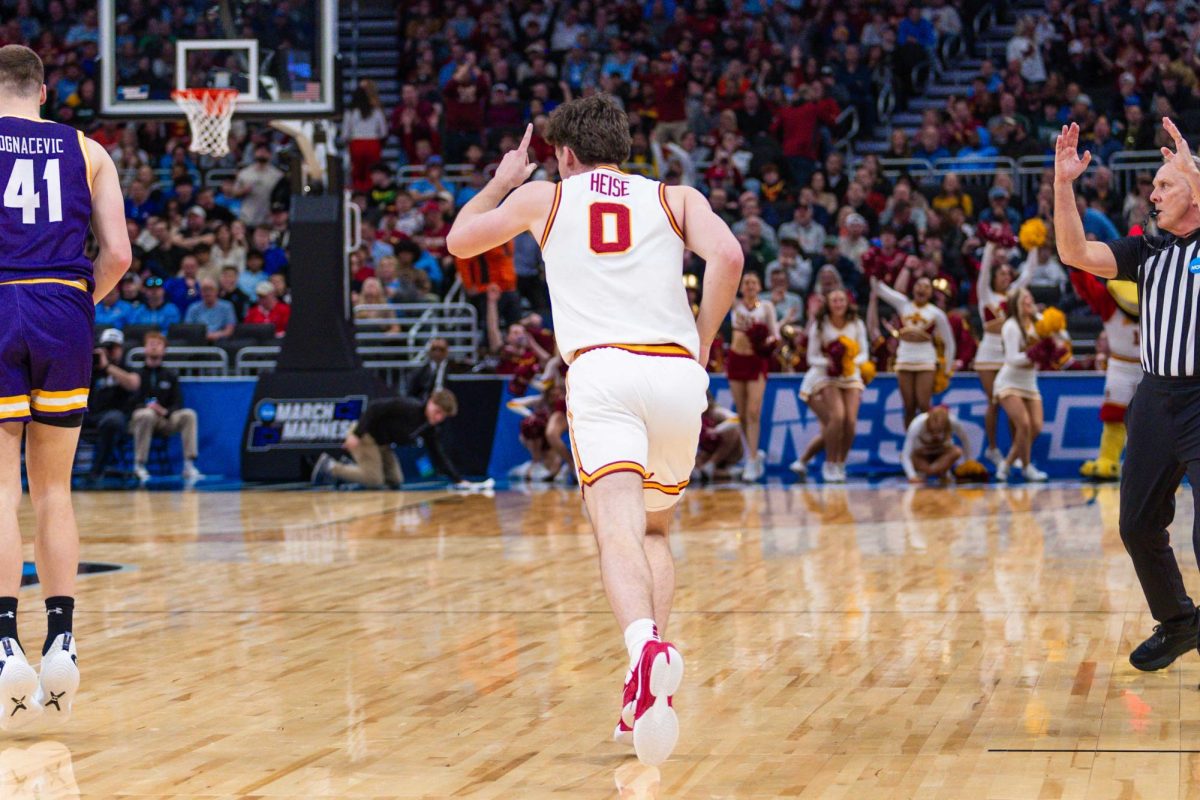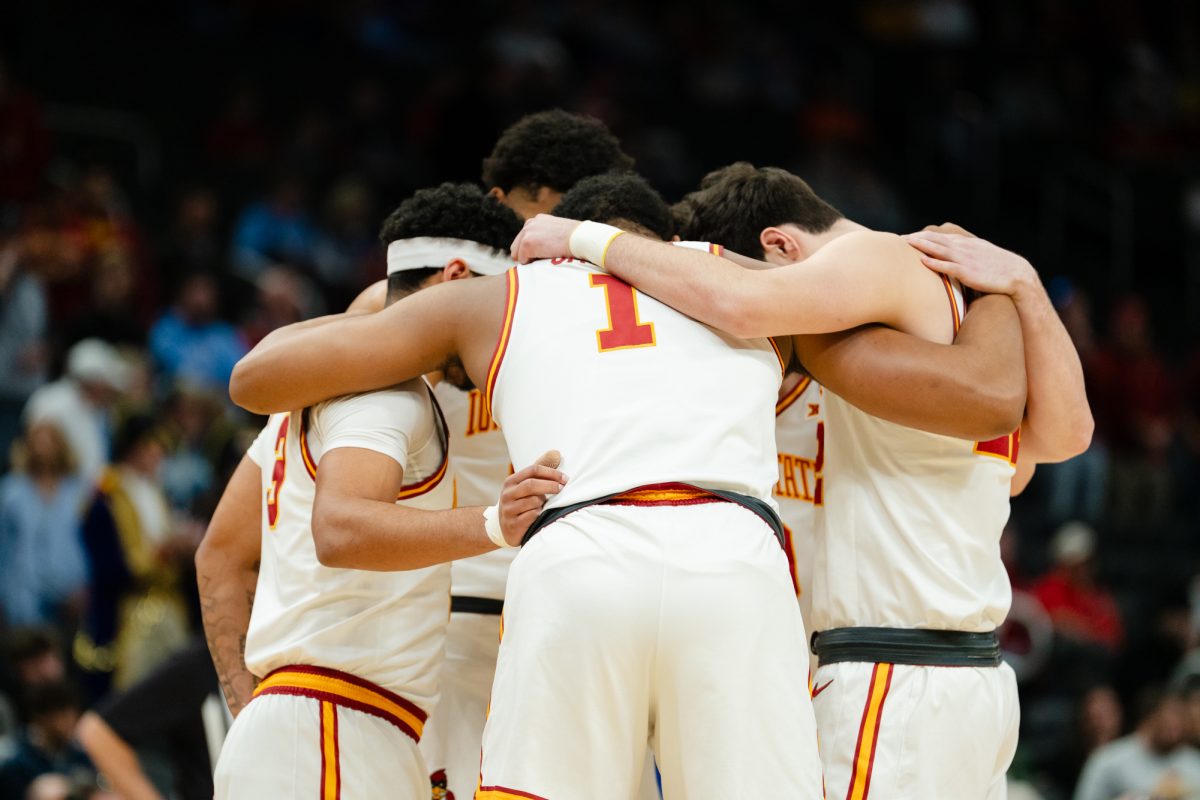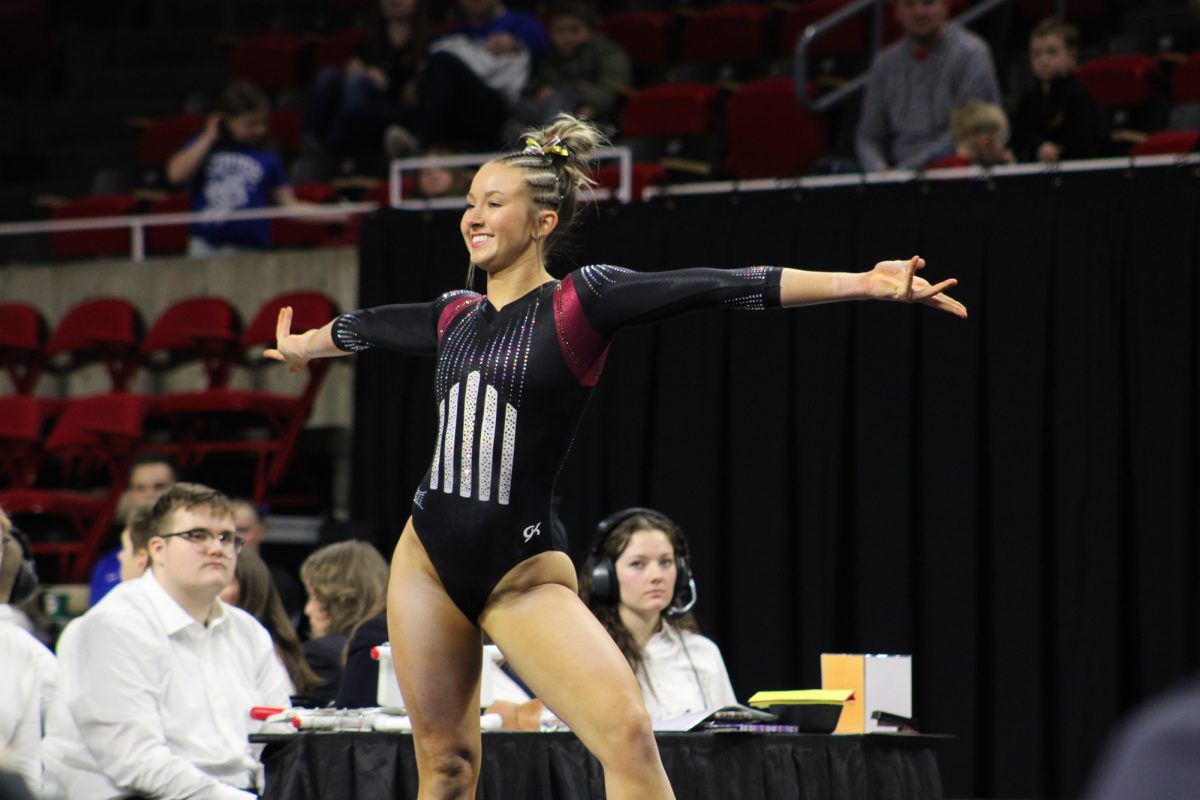6. The Parade, a lost tradition
August 29, 2012
The Parade
For the most part when one thinks of parades at Iowa State, Veishea is the event that comes to mind. However, Veishea isn’t the only celebration that has previously had a parade as part of the activities.
In the 1920s, the very first Homecoming parades featured horses, mules and wagons with signs and creative costumes.
Transformations ensued in the following decades. The parade saw its first change when the Scrap Heap Scramble was introduced. As part of this event, men’s residences and other campus groups would build cars made entirely out of scrap heaps. The entries were judged upon originality, mechanical ingenuity, humor, costumes and age and safety of the car by various faculty members.
The parade saw its next change when the parade began to follow a path marked by lighted flares across campus to the pep rally. This was called the Triumph March. During the parade, those participating would carry torches down the path to the pep rally.
In the following years, the parade then evolved into what was called the “snake dance.” Students would grab on to each other by the waist and snake down the chosen path. The cheerleaders, along with Cy, would lead the parade by the residence halls, picking up more students on the way, until it eventually ended at the pep rally on central campus.
The next transformation changed the snake dance into a parade of people marching through campus into the pep rally in 1990. During this version of the parade, people carried a life-sized Kansas Jayhawk dummy above their head, giving it to head coach Jim Walden to throw into the fire.
Today there is no longer a parade during Iowa State’s Homecoming week. It’s just another casualty to add to the list of lost Homecoming traditions.


